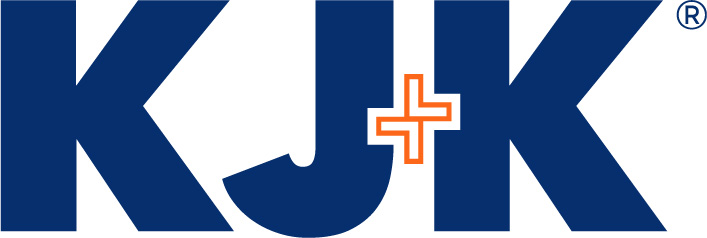By Scott Norcross & Paige Rabatin
No one wants to think about it, but along with discussions of economic downturn during COVID-19, comes preparation for imminent loan defaults. Business owners are forced to interpret the bank’s actions, such as what it means when your loan is turned over to the special assets department of the bank. Remain calm, as this not the end of the world or the end of your business. In the simplest terms, your bank wants to break up with you. Specifically, the bank classified your business loan as distressed and the workout specialist is working to exit your relationship from the bank. The workout specialist already knows the bank’s options, so below are considerations to assist you as a business owner going through this process.
- They’re Just Not That Into You. The friendly relationship manager that you have been dealing with for years may now no longer be involved. The bank’s whole tone will likely change and any interest the bank had in maintaining a customer relationship is likely gone. With this change, as a customer you must be ready to make mental separation and proactively look for a different bank relationship.
- Make the First Move. If you even suspect that you might be a candidate for special assets, confront your banker head on. Ask your banker about the process. Ask whether the loan will be transferred to special assets or if your banker will handle the issue. Really assess how aggressive the bank will be about the process.
- Increased Reporting. Expect increased reporting requirements and frequent contact from the special assets specialist. If the loan is secured by inventory and receivables, understand the bank could expect weekly updates. A field exam could also be triggered that would include a physical review of collateral, operations and financials.
- Be Prepared. Expect to hear terms like GOB (Going out of business), liquidation value, bankruptcy, foreclosure and replevin discussed by the bank. At the core, the bank is trying to put a framework around the worst case scenario, and these terms set that Framework.
- Cooperation Is Key, Within Reason. Cooperate with the bank within the meaning of your loan documents. Remember, above all else, you are not friends with the bank at this point. With that said, providing the most accurate information to appraisers and loan officers will only increase the value of your business and help the business survive this downturn. Since you will likely be required to pay for these appraisals and services, you have every right to ask to see the reports. Also, if your credit line is reduced or frozen, or if your borrowing base is impacted, you should have the information to potentially challenge the decision of the bank. Your cooperation and confident response will likely influence the bank’s willingness to work with you and lessen the pressure on the business.
- There’s Always a Cost. Expect all workout steps to include an adjacent fee at this inopportune time for the business. Initially, the bank will likely impose the default rate of interest under the loan documents. If the business enters a forbearance agreement, expect a fee to be associated with the agreement, and the bank will likely pass the expense of their attorneys’ fees to you for the preparation of that agreement.
- Cash Is King. Conserve cash and institute an immediate cash management plan. For the short term, focus less on accruals, depreciation and other non-cash related functions. Special assets will be focused on your cash position, so you want to be able to demonstrate that cash flow is not an issue moving forward. Use your cash management plan to demonstrate to the bank a return to a normal workflow and that the business will meet critical cash needs.
- Make a Plan. Have a plan to come out of the business downturn. Prepare a three month, six month and one year forecast to determine viability. Be willing to consider whether the entire business will survive, or if only the most viable segments of that business will. The bank will want to see a plan and it is best practice for your business moving forward.
- Utilize Teamwork. Build a team of competent advisors around your company and make sure they are armed with the most relevant information. Now is the time to utilize professionals. This means retaining counsel, accountants and financial planners who have specific knowledge relating to restructuring, bankruptcy, bank workouts and finance. The bank expects the business to take these steps and will not become irritated by these steps. Your team will make the process more efficient and give your business the best chance to come out this crisis.
- One Foot in Front of the Other. With your team in place, now is the time to seek alternative financing. With the work you put in for the increased reporting, you’re in a good place to utilize the information to find an alternative lender to provide financing. Going through the workout requires a lot of discipline around the process and a focused examination of your business. The business will need to analyze its tough options, such as staff cutbacks, sale of business real estate, benefit reductions or sale of a segment of the business. Remember, you’re setting yourself up for the best chance of success in the future.
If you have questions or would like to discuss further, please reach out to Scott Norcross (san@kjk.com; 216.736.7264) or Paige Rabatin (pmr@kjk.com; 216.736.7270).
